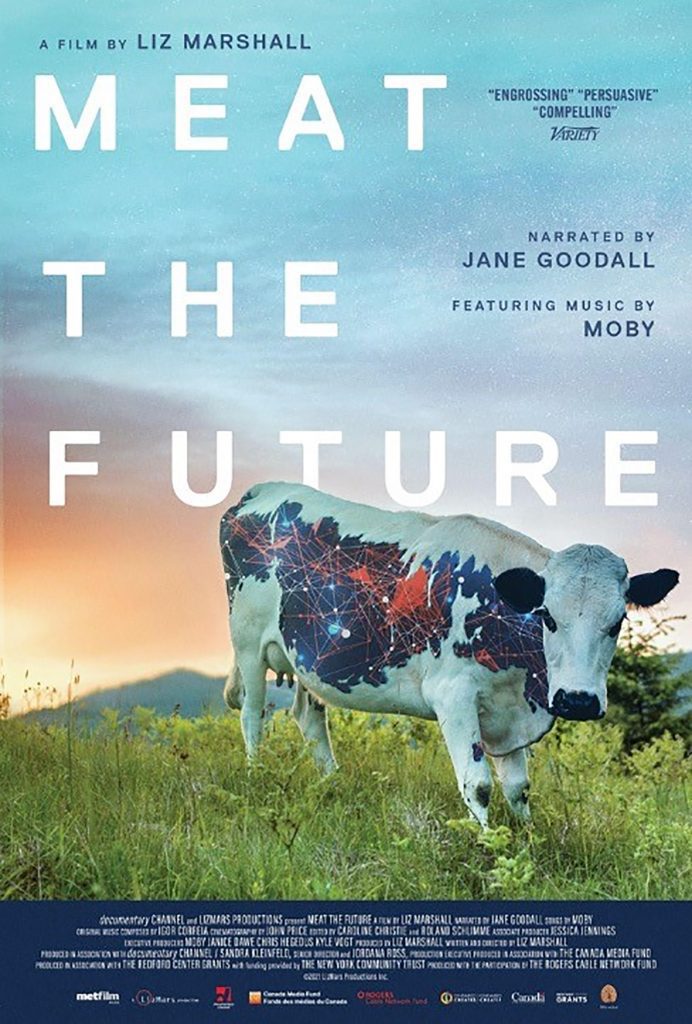“I’m excited about the documentary because it’s solution-focused and proposes a way forward, to reduce methane, to reduce water and land use, to lessen the suffering of animals, and to prevent future viral outbreaks. I hope it sparks your imagination and inspires change.” — Dr. Jane Goodall
A character-driven, deep dive into the game-changing world of “cultivated” meat, Meat the Future, directed by Liz Marshall, follows a visionary CEO, Dr. Uma Valeti, as he risks everything to make his dream a reality for us all. It also features music by celebrity musician and activist Moby, and is narrated by Dr. Jane Goodall. Imagine a world where real meat is produced sustainably without the need to breed, raise, and slaughter animals. This is no longer science fiction; it’s now within reach. Hailed as one of the biggest ideas of the last century, cultivated meat is a food innovation that grows real meat from animal cells.

Mayo Clinic-trained cardiologist Dr. Valeti is the co-founder and CEO of Upside Foods (previously Memphis Meats), the leading start-up of the cultivated meat revolution. From the world’s first meatball, which cost $18,000 per pound, to the first chicken filet and duck a l’orange for half the cost, the film follows Valeti and his team over five years as the cost of production plummets and consumers’ eye the imminent birth of this timely industry.
Conventional animal agriculture dominates half of the world’s land surface, producing more greenhouse gasses than all forms of transportation. Deforestation increases the release of carbon dioxide emissions, impacting biodiversity. With the 2021 UN Climate Change Report sounding a “code red for humanity,” the prospect of meat consumption doubling by 2050 is not only sobering, but also a wake-up call for viable solutions. Research indicates that cultivated beef is estimated at scale to reduce land use by more than 95%, climate change emissions by 74% to 87%, and nutrient pollution by 94%.



































